The start to summer has been quite busy for browngrotta arts. At the beginning of June browngrotta arts’ opened Plunge: explorations from above and below in collaboration with the New Bedford Art Museum in New Bedford, Massachusetts. Soon after came the launch of Cross Currents: Art Inspired by Water, an online companion exhibition to Plunge. We’ve featured four works on our website as New This Week—three sculptures and a tapestry.
Made with vintage zipper tape and thread, Karyl Sisson’s Reaching Out cloaks the floor in a deep red. Many of Karyl’s sculptures resemble sea creatures, Reaching Out, which can be viewed in Plunge, resembles an octopus lingering along the seafloor. Rather than starting with a set idea of what she wants to create, Sisson lets the materials and processes dictate the form of her pieces.
Helena Hernmarcks’ tapestry On the Dock depicts two women enjoying the sunshine. Hernmarck. On the Dock can also be viewed with other water-influenced works in Cross Currents, at browngrotta.com.
Peninsula, a sculpture made with paper and paper cord, reflects Mary Merkel-Hess’ study of the natural world. Using a technique of her own creation, Merkel-Hess builds each piece using a combination of collage and paper mâché with inclusions of materials such as reed, paper cord, wood, and drawings.
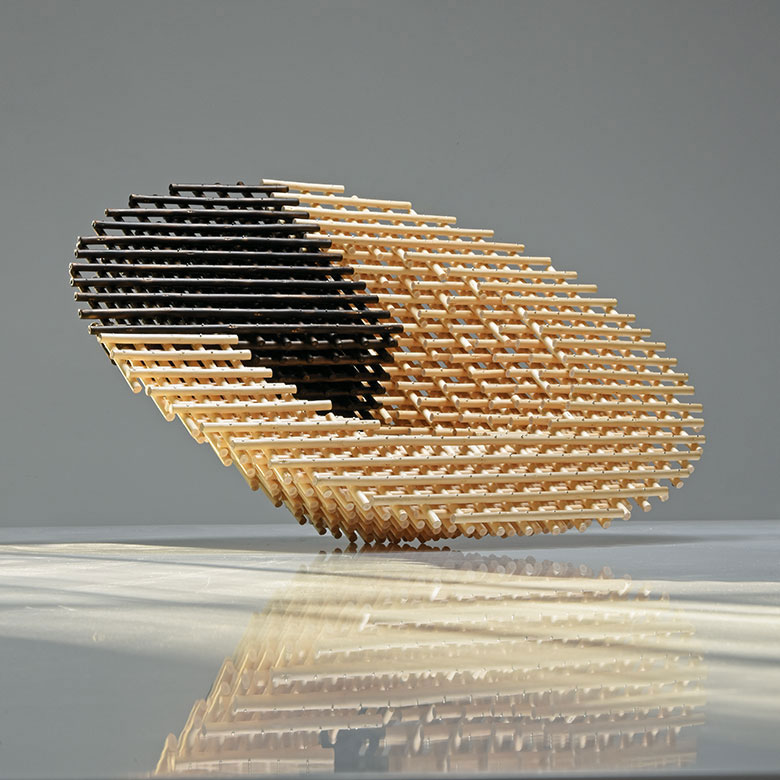
Intrusion by Dail Behennah, scorched and waxed white willow; silver black patinated and plated pins, 2″ x 22″ x 22″; 2014
Intrusion, a white willow basket made by Dail Behennah draws in the eye with its grid-like basket architecture. Dail drew inspiration for this piece from igneous intrusions into landscapes. As the softer rocks are worn away the peaks and tors remain hard-edged outcrops on the surface.

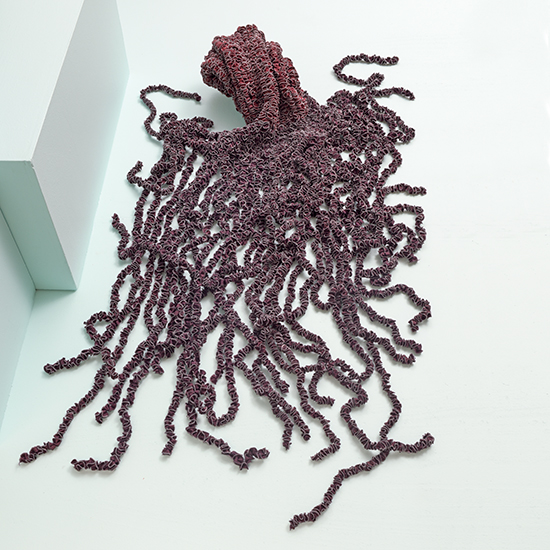
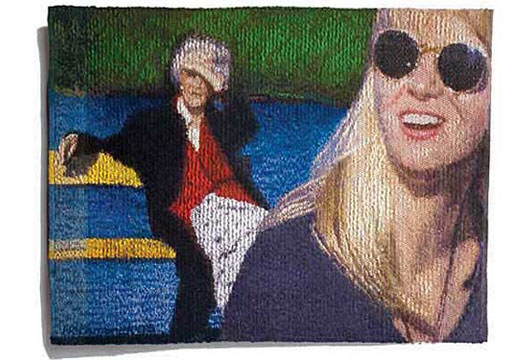



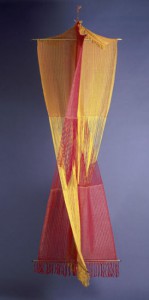

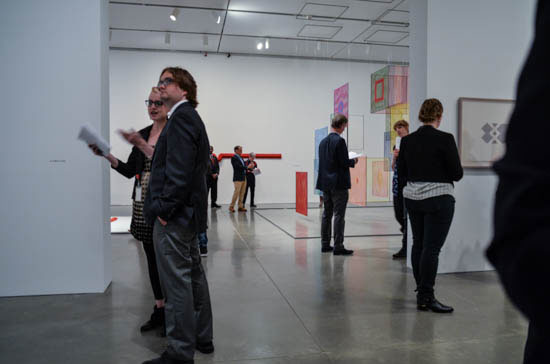

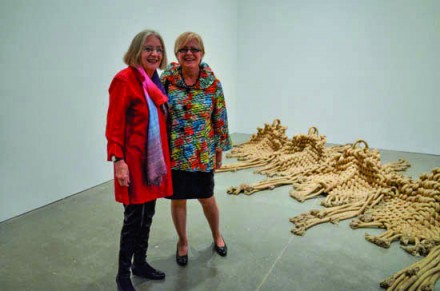
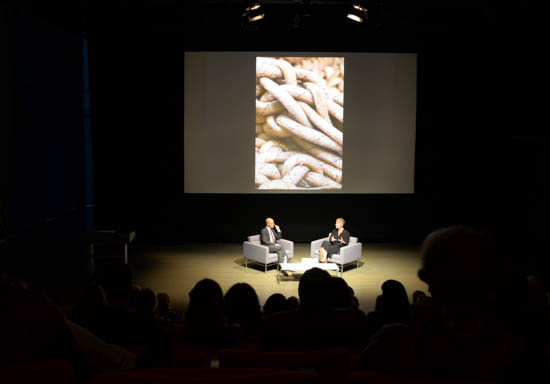

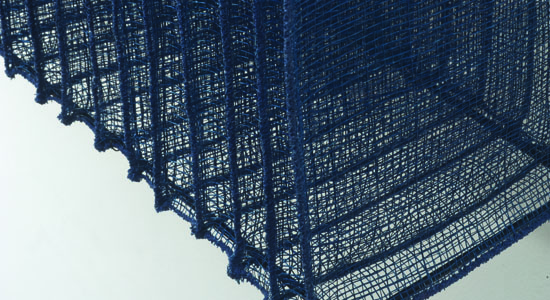

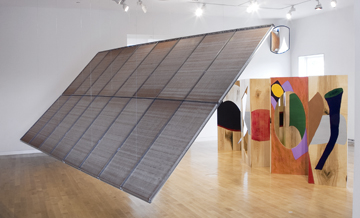
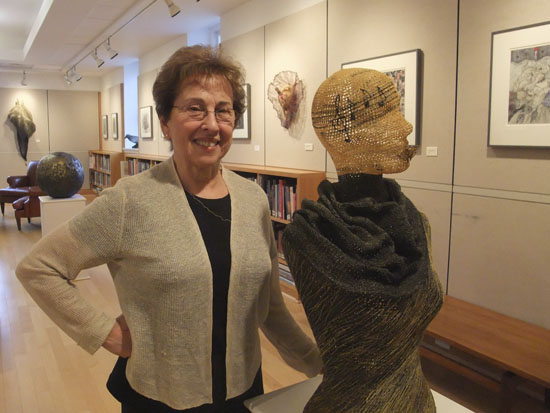
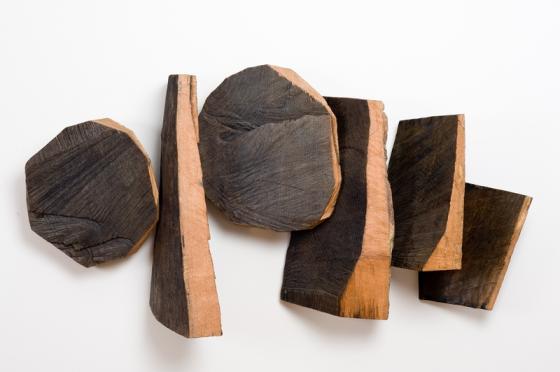





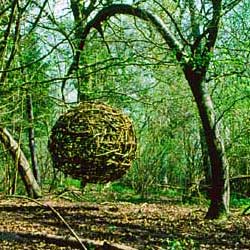


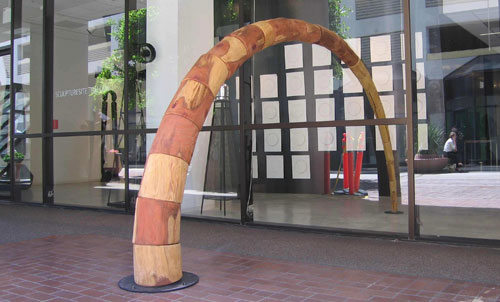
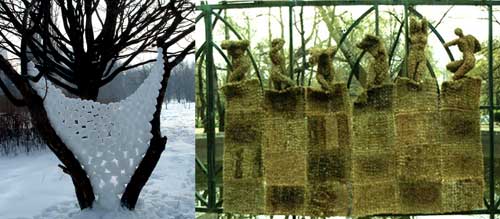



 We’re leaving the ice and snow (sigh) for sunnier climes next week, where
We’re leaving the ice and snow (sigh) for sunnier climes next week, where
Sneak Peek 10th Wave III Catalog: Essay by Akiko Busch
Writer Akiko Busch has drafted an essay for the catalog 10th Wave III: Art Textiles and Fiber Sculpture, which is being printed this week. Busch is the author of The Uncommon Life of Common Objects (Metropolis Books), Geography of Home: Writings on Where We Live (Princeton Architectural Press) and, most recently, Nine Ways to Cross a River: Midstream Reflections on Swimming and Getting There from Here (Bloomsbury). A former writer for Metropolis Magazine, Busch writes about culture and design for a variety of publications. She is a regular contributor to the Considerings column in American Craft Magazine. About the work in the 10th Wave III, Busch writes,
The 164-page color catalogs can be ordered from http://www.browngrotta.com/Pages/catalog.34.html beginning October 30, 2009.